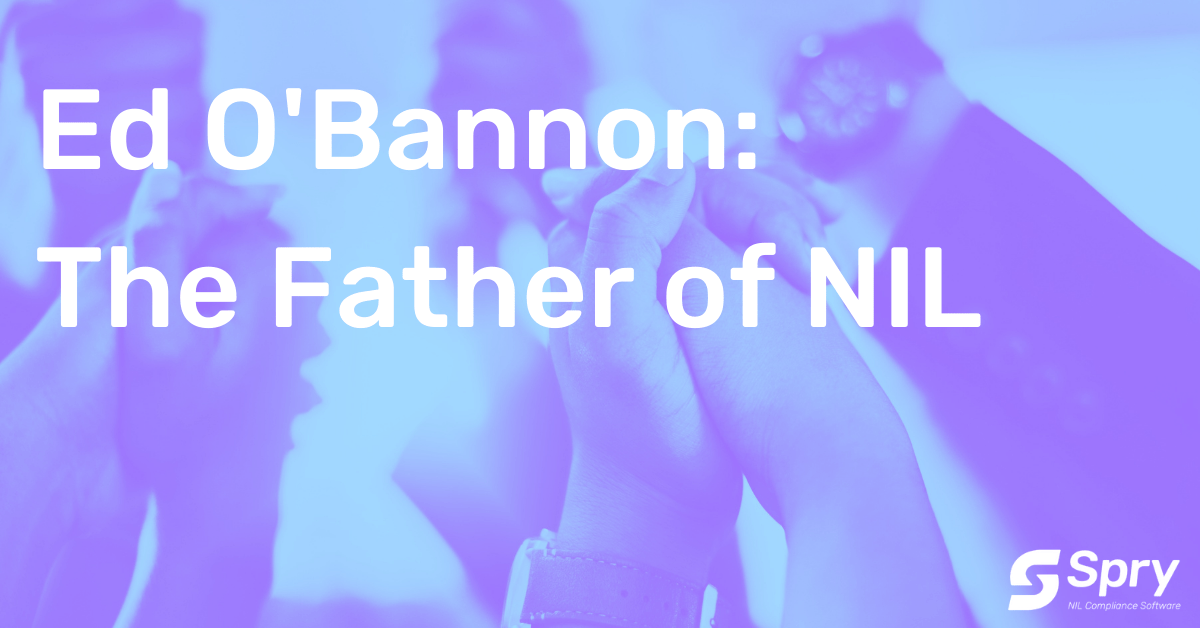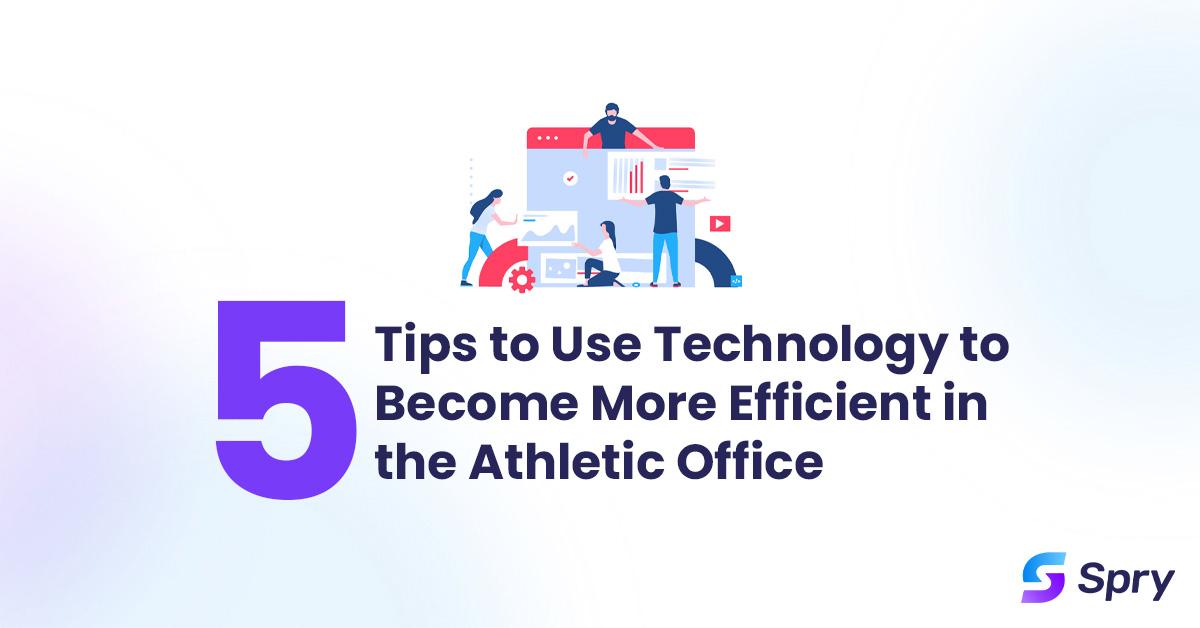The Father of NIL
Today’s generation of college student-athletes never saw Ed O’Bannon play basketball, but they do have him to thank for one of the privileges they now enjoy. He wasn’t a point guard. He played power forward, but he might’ve had the biggest assist in the history of college sports.
In July of 2021, the NCAA enacted legislation that set aside long standing amateurism rules, allowing student-athletes to receive earnings based on their name, image and likeness. Most student-athletes have probably heard of the O’Bannon v. NCAA case, but since current college students were likely born years after O’Bannon’s college career ended, most have no concept of who he was outside of just being the name before the “v” in one of the most significant legal cases in sports history. In recognition of the first Black History Month of the NIL era, it seems only fitting that we honor the man behind the name, Ed O’Bannon (a.k.a. The Father of NIL).
Background
Edward Charles O’Bannon, Jr. has had quite a journey. A native of Los Angeles, O’Bannon was a McDonald’s All-American basketball player, and was named the 1990 National High School Player of the Year after leading his team to the California State Championship. In the fall of 1990, O’Bannon enrolled at UCLA, but didn’t play his freshman year after suffering a career threatening knee injury just days before the start of the season. After battling through a rigorous rehab, O’Bannon returned to the court the next season and went on to have a stellar career at UCLA. As a senior, O’Bannon led the Bruins to the 1995 National Championship and was named the NCAA Tournament’s Most Outstanding Player and National Player of the Year. Following that season, O’Bannon was selected by the New Jersey Nets as the 9th overall pick in the 1995 NBA draft and enjoyed a nine year professional career.
If the story had ended there, Ed O’Bannon would have had a legendary career that most could only dream of. But the story didn’t end there. Despite being one of the most decorated high school and college basketball players of his era, O’Bannon will be remembered by most, not for what he accomplished on the basketball court, but for being the driving force behind a movement that would ultimately redefine the NCAA and college athletics as we knew it.
Changing history
After becoming disgruntled with what he viewed as exploitative practices related to the use of college athletes’ images in video games, O’Bannon became the lead plaintiff in a class action suit against the NCAA in 2009. The NCAA’s amateurism bylaws prohibited currently enrolled student-athletes from earning revenue for the use of these images. O’Bannon, who would later be joined in the class action suit by other notable athletes such as Oscar Robertson and Bill Russell, argued that the NCAA’s amateurism rules constituted an illegal restraint of trade under antitrust law. On July 27, 2014, Judge Claudia Wilken ruled in favor of O’Bannon. This ruling would later be upheld by the Ninth Circuit Court of Appeals. While the decision in the O’Bannon case did not immediately result in NIL legislation, it was significant in that it was a major deviation from previous court decisions which had largely shielded the NCAA from antitrust laws. O’Bannon also created a legislative blueprint for other legal claims against the NCAA under antitrust law, most notably, the Alston case in 2021 which, like O’Bannon, prevented the NCAA from placing strict limitations on the financial awards student-athletes can receive. After the Alston verdict was unanimously upheld by the Supreme Court in June of 2021, sweeping NIL legislation followed almost immediately.
Today, student-athletes all across the country can earn money from endorsement deals, signing autographs and other commercial ventures, and they all have a 6’8” power forward named Ed O’Bannon to thank for it!





